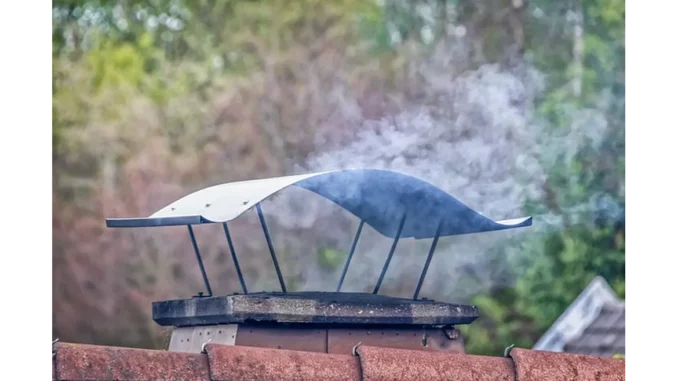
In the dynamic realm of construction and demolition, air quality remains a paramount concern amidst the rapid expansion of urban areas and the proliferation of construction projects. The potential for increased air pollution associated with these activities poses tangible risks to public health and the environment. Addressing these risks demands a multifaceted approach, prominently featuring the development of a robust Scheme of Protective Works. This scheme transcends mere regulatory compliance, serving as a comprehensive blueprint to safeguard both our environmental and community interests.
Air quality is vital in planning. See how Focus360 Energy can assist.
The Scheme of Protective Works is a strategic framework designed to mitigate adverse impacts on neighbouring areas during construction and demolition activities. Central to this scheme is the identification and control of activities that might compromise air quality. This involves a meticulous assessment of potential pollutants, such as dust and emissions, paired with the implementation of strategies to minimise their release. The approach to this assessment must be thorough, encompassing the entire project lifecycle. It should illuminate the sequence of works and pinpoint specific activities that threaten air quality. Considerations must include the type and movement of construction vehicles, the provision of water for dust suppression, and the management of debris. By proactively addressing these elements, construction managers can significantly diminish the environmental footprint of their projects.
Adhering to the Greater London Authority and London Councils’ Best Practice Guide, construction and demolition sites are urged to adopt several key strategies for controlling dust and emissions. The prevention of dust and fumes escaping from construction sites is critical to safeguarding public health and the environment. Encapsulating specific areas and employing screens or wraps can effectively contain dust. Furthermore, the prohibition of on-site burning of materials is crucial, as burning not only releases hazardous pollutants but also exacerbates air quality degradation. Instead, materials should be channelled through appropriate waste management systems. Managing dusty activities with an awareness of wind direction and proximity to sensitive receptors is essential. Regular inspections for spillages of cement and other powders help prevent off-site deposition. Moreover, dampening dusty materials during dry weather can effectively control airborne particles, with the use of groundwater for this purpose being particularly beneficial, especially if water reuse is prioritised.
Modern technology offers several solutions to curtail emissions from construction equipment. Non-Road Mobile Machinery (NRMM) should ideally comply with Stage IIIB emission criteria, ensuring machinery operates within acceptable pollution limits. If Stage IIIB equipment is unavailable, alternative measures such as fitting particle traps and catalytic exhaust treatments should be employed. Maintaining a detailed inventory of all NRMM and keeping service logs on-site is also vital for compliance and inspection purposes. Generators, frequently used to provide electricity on construction sites, represent another source of emissions. Their use should be minimised or avoided when possible, with alternative energy sources considered to reduce the site’s carbon footprint.
Recycling holds a critical position in diminishing the environmental impact of construction and demolition activities. By diverting waste materials from landfills, the industry can conserve natural resources and reduce pollution levels. Recyclable materials, including concrete, asphalt, wood, and metals, should be systematically collected and processed for reuse. This practice not only bolsters environmental sustainability but also aligns with regulatory requirements such as those outlined in CALGreen, which emphasise the importance of recycling in construction projects.
In sum, the construction and demolition industry bears a significant responsibility to protect air quality and mitigate environmental harm. By implementing a comprehensive Scheme of Protective Works and adhering to established best practices for dust and emissions control, the industry can make meaningful contributions towards a healthier, more sustainable future. Embracing technological advancements and prioritising recycling efforts will further enhance these initiatives, ensuring that construction projects support both urban development and environmental preservation. Through these concerted efforts, the industry can navigate the challenges of modern construction while upholding its commitment to environmental stewardship.


Be the first to comment